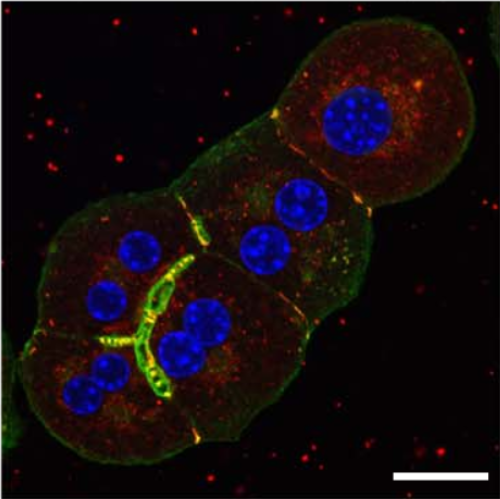Functional properties of hepatocytes in vitro are correlated with cell polarity maintenance.
Exploring the cell biology of hepatocytes in vitro could be a powerful strategy to dissect the molecular mechanisms underlying the structure and function of the liver in vivo. However, this approach relies on appropriate in vitro cell culture systems that can recapitulate the cell biological and metabolic features of the hepatocytes in the liver whilst being accessible to experimental manipulations. Here, we adapted protocols for high-resolution fluorescence microscopy and quantitative image analysis to compare two primary hepatocyte culture systems, monolayer and collagen sandwich, with respect to the distribution of two distinct populations of early endosomes (APPL1 and EEA1-positive), endocytic capacity, metabolic and signaling activities. In addition to the re-acquisition of hepatocellular polarity, primary hepatocytes grown in collagen sandwich but not in monolayer culture recapitulated the apico-basal distribution of EEA1 endosomes observed in liver tissue. We found that such distribution correlated with the organization of the actin cytoskeleton in vitro and, surprisingly, was dependent on the nutritional state in vivo. Hepatocytes in collagen sandwich also exhibited faster kinetics of low-density lipoprotein (LDL) and epidermal growth factor (EGF) internalization, showed improved insulin sensitivity and preserved their ability for glucose production, compared to hepatocytes in monolayer cultures. Although no in vitro culture system can reproduce the exquisite structural features of liver tissue, our data nevertheless highlight the ability of the collagen sandwich system to recapitulate key structural and functional properties of the hepatocytes in the liver and, therefore, support the usage of this system to study aspects of hepatocellular biology in vitro.

- Exp Cell Res. 2017 Jan 1;350(1):242-252
- 2017
- Cell Biology
- 27916608
- PubMed
Enabled by:
